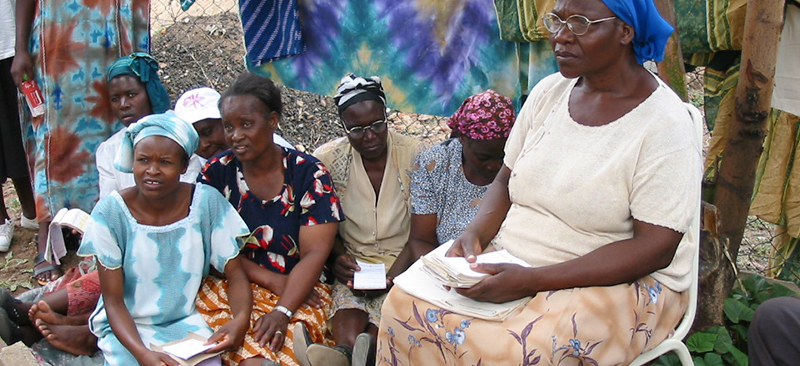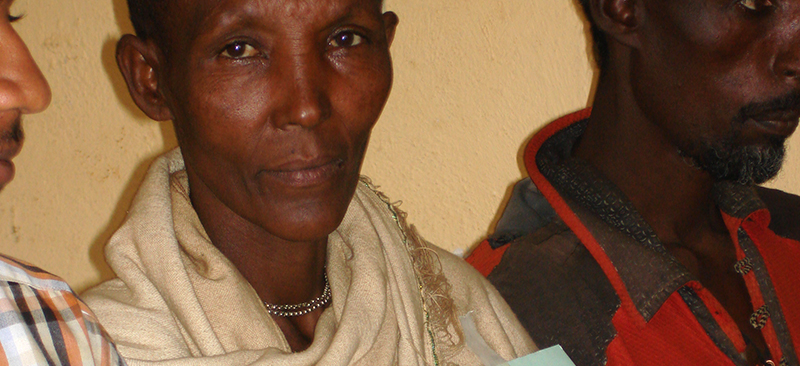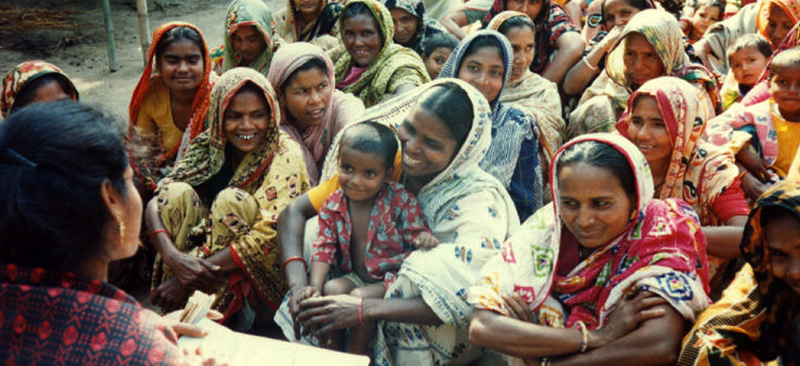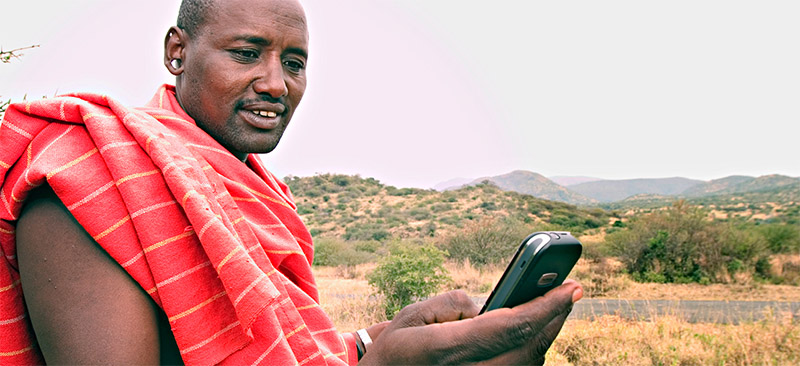The paper examines why two MFIs in north eastern South Africa suffer such remarkably high levels of drop-out amongst their clients. The field study also seeks to improve understanding of why the current systems and services being provided by the MFIs appear (on the basis of these drop-out rates) to be failing to meet the needs and demands of the clients, and draws lessons for MFIs that wish to effect change.
Blog
Use and Impact of Savings Services Among Poor People in Zambia
In Zambia the poor people use largely the informal and to a lesser extent semi-formal savings systems to accumulate long-term lump sums in preparation for life-cycle events. This study shows the importance of savings for smoothing out peaks and troughs in income and expenditure. Death and illness were found to be the most frequent emergencies during the study. This report outlines that offering savings services to the poor represent a tremendous opportunity for microfinance institutions (MFIs) to increase their depth and breadth of outreach in Zambia. Yet in Zambia there is a legal framework that does not allow MFIs to accept deposits from the public. Although a new legal framework is now in place, it is not yet effective. It also provides specific recommendations for improving product design and methods for linking informal savings services/systems into semi-formal and formal sector financial service operations and recommendations for MFIs seeking to introduce or diversify savings products into their portfolio of services.
Innovative Approaches to Delivering Microfinance Services: The Managed ASCA Model in Kenya
Examines the managed ASCAs operating in Central Province of Kenya. These ASCAs run on the basis of their own members’ savings as capital and pay a fee for management services provided by an MFI. The study examines the strengths and weaknesses of this alternative approach to supporting financial services for the poor.
Looking Before You Leap: Key Questions That Should Precede Starting New Product Development
Product development is an essential activity for market-responsive MFIs. As clients and their needs change, market-driven, demand-led MFIs need to refine their existing products or develop new ones. But product development is a complex, resource-consuming activity that should not be taken lightly and many MFIs fail to recognise the complexity and cost involved in this exercise. This paper outlines some of the basic questions and issues that MFIs should address prior to embarking on the process of product development.
Written by the CGAP-Coordinated Product Development Taskforce, the paper examines the pitfalls associated with rushing into new product development without adequate institutional preparation or systematic process. The paper offers clear guidelines for a systematic approach to product development that will minimise the risk of failure.
BURO, Tangail’s Approach to Product Development – A Case Study
BURO Tangail has developed an array of financial services, and as a result remains popular amongst its clients despite its relatively high interest rate on its loans. The present paper uses the CGAP Case Study Framework and examines how BURO Tangail, an innovative large/medium scale MFI operating in Bangladesh sets about the process of product development.
The paper focuses on the approach adopted by BURO which include:
An institutional commitment to high quality, client-responsive financial services delivered on a sustainable basis;
A simple system of market research embedded in its operations, procedures and involving all staff from top management to the front-line Village Development Workers as well as the clients themselves;
A thorough system of controlled pilot-testing that allows the organisation to refine its accounting and financial management systems, cost/price analyses, training and marketing systems, etc. prior to roll-out.
Mobilising Savings
People save because of many reasons such as insurance against emergency, investment, social obligations, and poor have proved that they can save and derived ingenious (often costly) mechanisms to save. This note thus focuses on voluntary savings services, as compulsory savings services have witnessed drop outs in East Africa and Bangladesh and in many cases people do not want loan every time to meet their needs. It further suggests that MFIs should conduct market research and feasibility analysis, before introducing savings services. The note also addresses the issues related to costs, HR, MIS and management systems.





